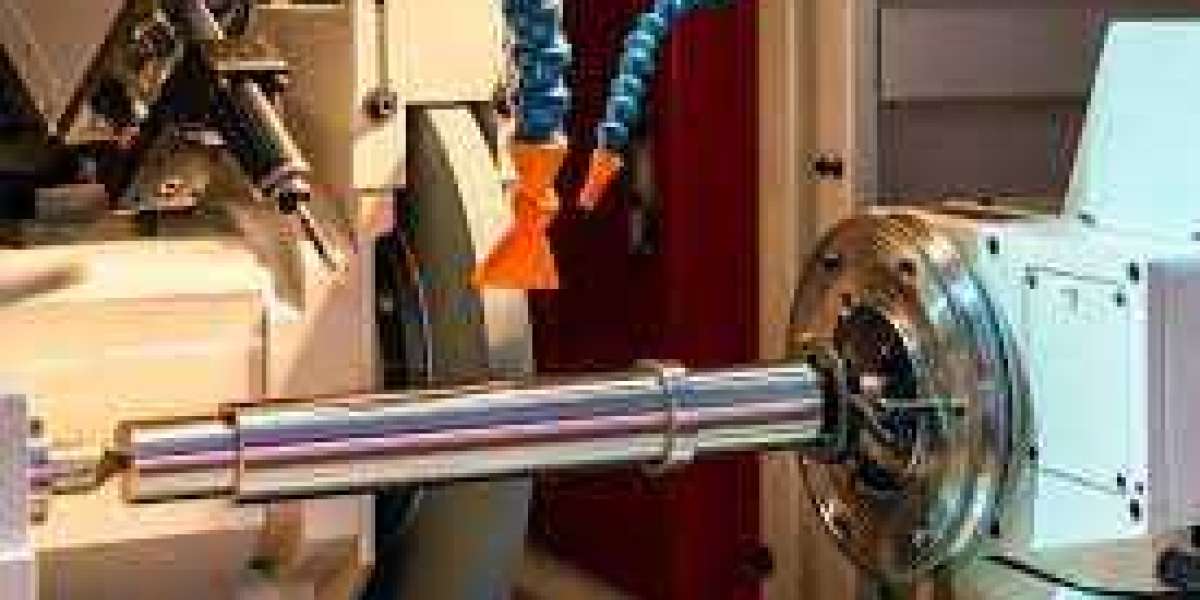Grinding is a ubiquitous machining process employed across various industries, ranging from automotive manufacturing to precision engineering. It involves the removal of material from a workpiece using abrasive grains bonded together in a grinding wheel. This process is pivotal in achieving tight tolerances, fine surface finishes, and intricate geometries in machined components.
The Process of Grinding
What is grinding: Grinding typically occurs after the workpiece has undergone primary shaping processes such as milling, turning, or forging. The objective of grinding is to refine the surface finish, improve dimensional accuracy, and remove excess material to meet specified requirements. Unlike conventional cutting processes where the tool removes material through shearing action, grinding operates through abrasive wear, wherein the abrasive particles dislodge material from the workpiece surface.
Types of Grinding Operations
There are several variations of grinding operations tailored to suit specific machining needs:
Surface Grinding: In surface grinding, the grinding wheel traverses across the flat surface of the workpiece, removing material layer by layer. This process is widely used for producing flat surfaces with high precision and low surface roughness.
Cylindrical Grinding: Cylindrical grinding involves the rotation of the workpiece on its axis while the grinding wheel traverses along its length. This method is employed for machining cylindrical and tapered surfaces, such as shafts, cylinders, and sleeves.
Centerless Grinding: Centerless grinding eliminates the need for a centering fixture by supporting the workpiece between two wheels – a grinding wheel and a regulating wheel. This technique is well-suited for high-volume production of cylindrical components with tight dimensional tolerances.
Internal Grinding: Internal grinding is used for machining the inner surfaces of holes or bores. It employs a small-diameter grinding wheel to access and finish internal features with high accuracy and surface quality.
Key Components of Grinding Machines
Grinding machines comprise several essential components that facilitate the grinding process:
Grinding Wheel: The abrasive grains bonded together to form the grinding wheel determine its cutting performance, surface finish, and material removal rate.
Workpiece Holding Device: Workpiece holding devices, such as chucks, collets, or fixtures, secure the workpiece in place during grinding to ensure stability and dimensional accuracy.
Wheel Dressing Mechanism: Wheel dressing is the process of conditioning the grinding wheel to maintain its cutting effectiveness and geometric integrity. Dressing mechanisms include single-point diamond dressers, rotary dressers, and abrasive sticks.
Control System: Modern grinding machines feature sophisticated control systems to regulate grinding parameters such as wheel speed, feed rate, and depth of cut. This ensures consistent and repeatable machining results.
Conclusion
Grinding is a versatile machining process essential for achieving precision, accuracy, and surface finish in machined components. By understanding the principles and variations of grinding operations, manufacturers can optimize their machining processes to meet diverse application requirements effectively.



